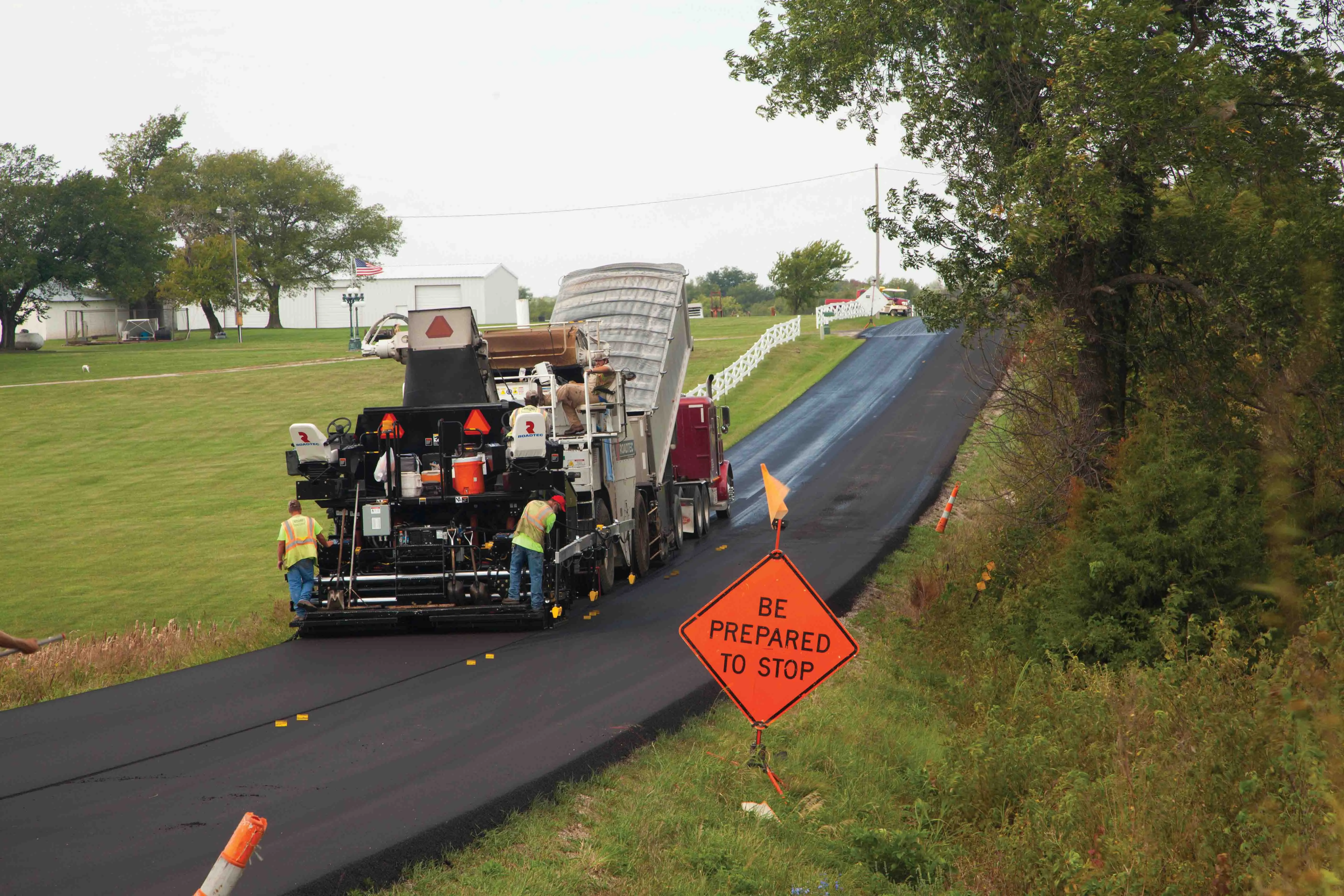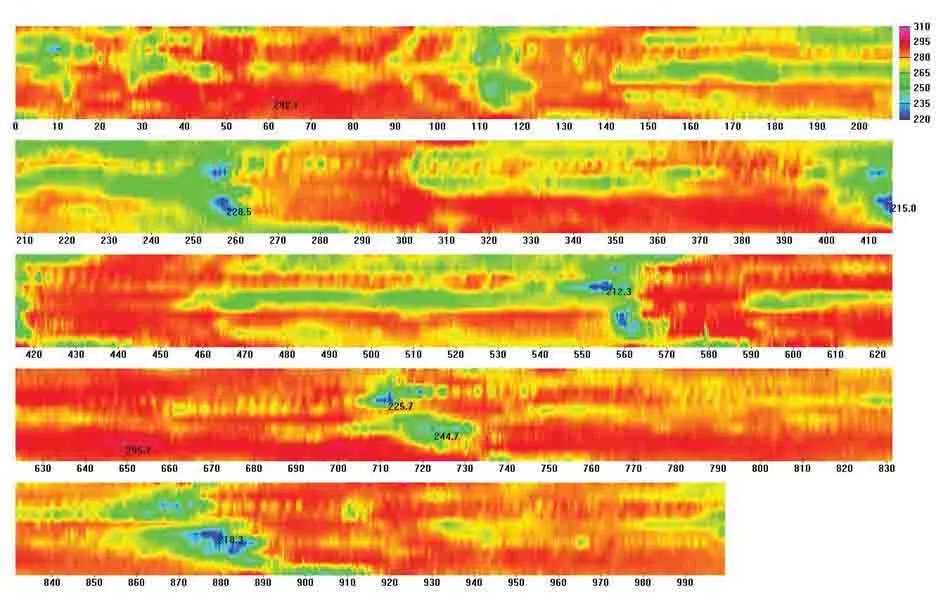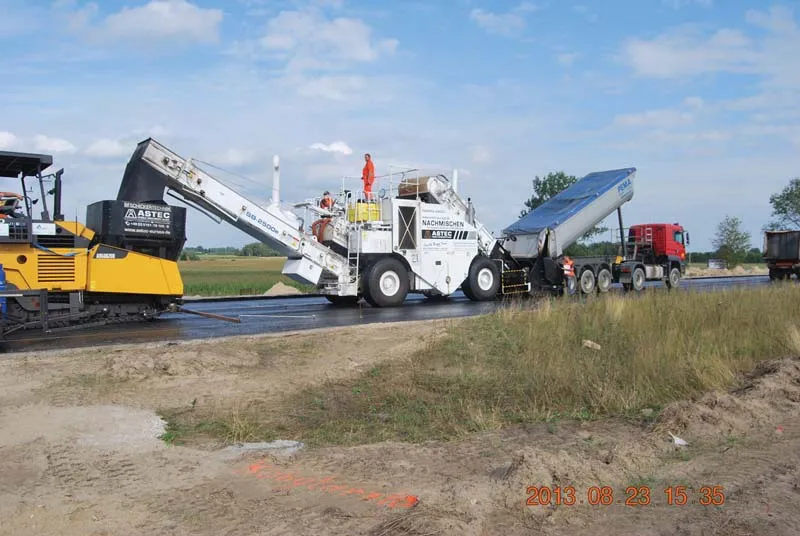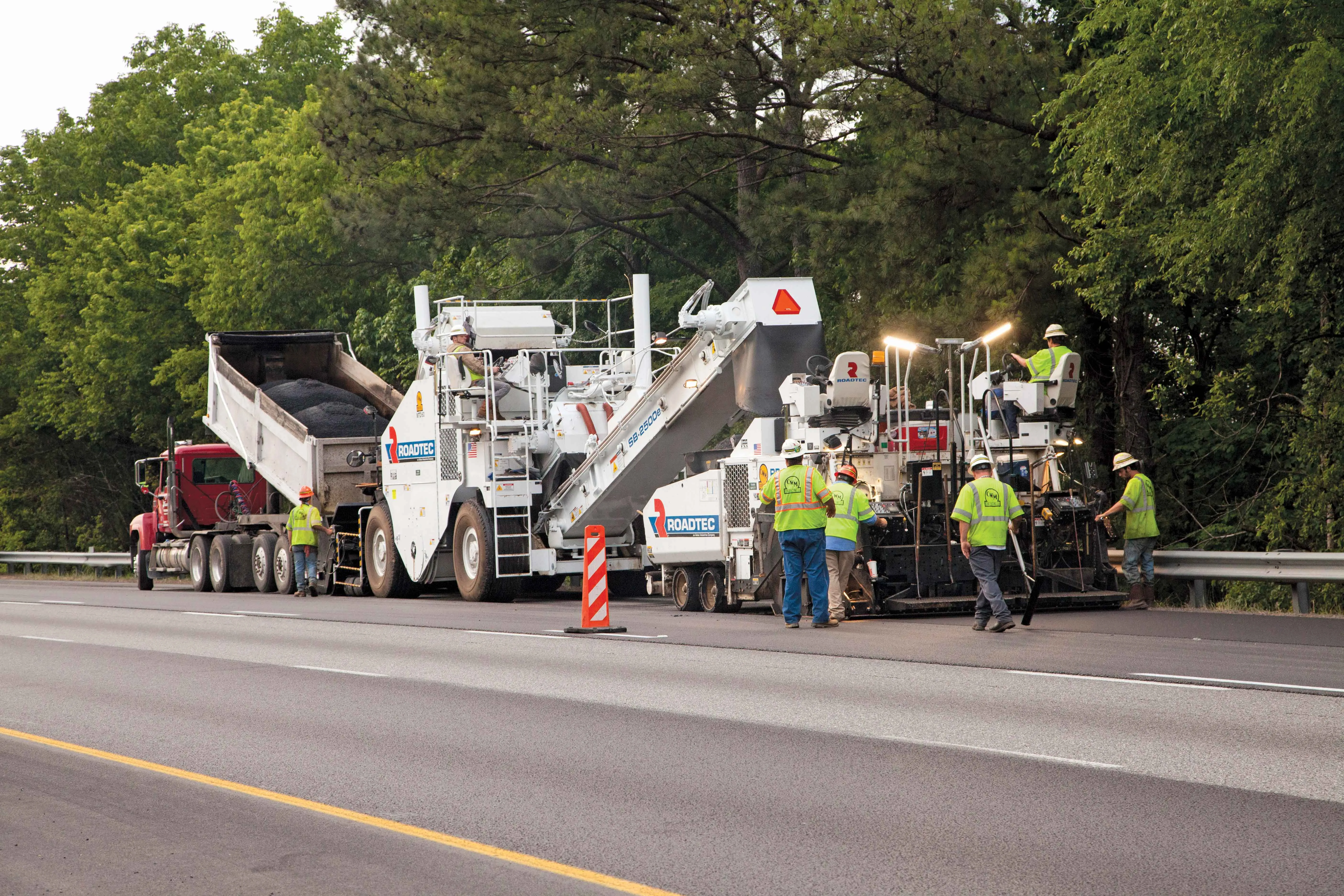A milling and paving project has provided a necessary surface upgrade for a busy stretch of highway in Oklahoma
US Route 62 is an important route and runs 3,597km from the Mexico-US border at El Paso, Texas, to Niagara Falls, New York, on the Canada–US border.
A 12km section of the road where it runs through in Oklahoma recently received a rehab. The Oklahoma Department of Transportation (ODOT) project started in Blanchard, Oklahoma, and headed west. This stretch was built in 2000 when ODOT was switc
February 2, 2017
Read time: 3 mins

A milling and paving project has provided a necessary surface upgrade for a busy stretch of highway in Oklahoma
US Route 62 is an important route and runs 3,597km from the Mexico-US border at El Paso, Texas, to Niagara Falls, New York, on the Canada–US border.
A 12km section of the road where it runs through in Oklahoma recently received a rehab. The5295 Oklahoma Department of Transportation (ODOT) project started in Blanchard, Oklahoma, and headed west. This stretch was built in 2000 when ODOT was switching from conventional Hot Mix Asphalt (HMA) to Superpave. However the mix was not an optimum design and the section of road did not last as anticipated, showing premature wear and deterioration.
It was clear that it had to be replaced, so local firm Markwell Paving was awarded the contract for the road improvement project. The company used its1252 Roadtec RX-700e heavy-duty milling machine, equipped with a 3.2m-wide cutter drum, cutting to a depth of 51mm. For the paving work the firm placed a 51mm lift of a locally-sourced RIL (Ridge Intermediate Layer) course on top of the milled surface to improve binding with the top two layers of HMA.
The company used its Roadtec SP-100e Stealth paver on the US 62 highway rehab project. The paver worked in tandem with a Roadtec SB-2500e Shuttle Buggy material transfer vehicle (MTV), to ensure a steady flow of HMA to the paver. Markwell placed a 51mm lift of Oklahoma S4 Superpave mix surface course on top of the base course. And the SP-100e Stealth paver then placed Oklahoma S5 Superpave HMA.
ODOT has studied and tested the thermal cracking resistance of the Oklahoma S4 and Oklahoma S5 HMA mixes and found them to be stiffer, as indicated by higher creep compliance and indirect tensile strength values. Markwell Paving used the HMA mixes specified by ODOT to meet requirements.
The contractor used1228 MOBA sensor equipment to monitor progress during the project and ensure it remained within the specifications set by the client. As a result, the firm beat the ODOT smoothness test and believes the stretch of road is now one of the smoothest sections of US Route 62 as a result.
US Route 62 is an important route and runs 3,597km from the Mexico-US border at El Paso, Texas, to Niagara Falls, New York, on the Canada–US border.
A 12km section of the road where it runs through in Oklahoma recently received a rehab. The
It was clear that it had to be replaced, so local firm Markwell Paving was awarded the contract for the road improvement project. The company used its
The company used its Roadtec SP-100e Stealth paver on the US 62 highway rehab project. The paver worked in tandem with a Roadtec SB-2500e Shuttle Buggy material transfer vehicle (MTV), to ensure a steady flow of HMA to the paver. Markwell placed a 51mm lift of Oklahoma S4 Superpave mix surface course on top of the base course. And the SP-100e Stealth paver then placed Oklahoma S5 Superpave HMA.
ODOT has studied and tested the thermal cracking resistance of the Oklahoma S4 and Oklahoma S5 HMA mixes and found them to be stiffer, as indicated by higher creep compliance and indirect tensile strength values. Markwell Paving used the HMA mixes specified by ODOT to meet requirements.
The contractor used









